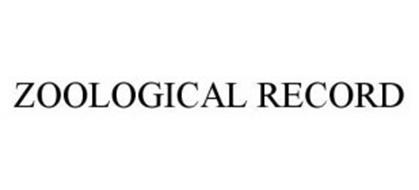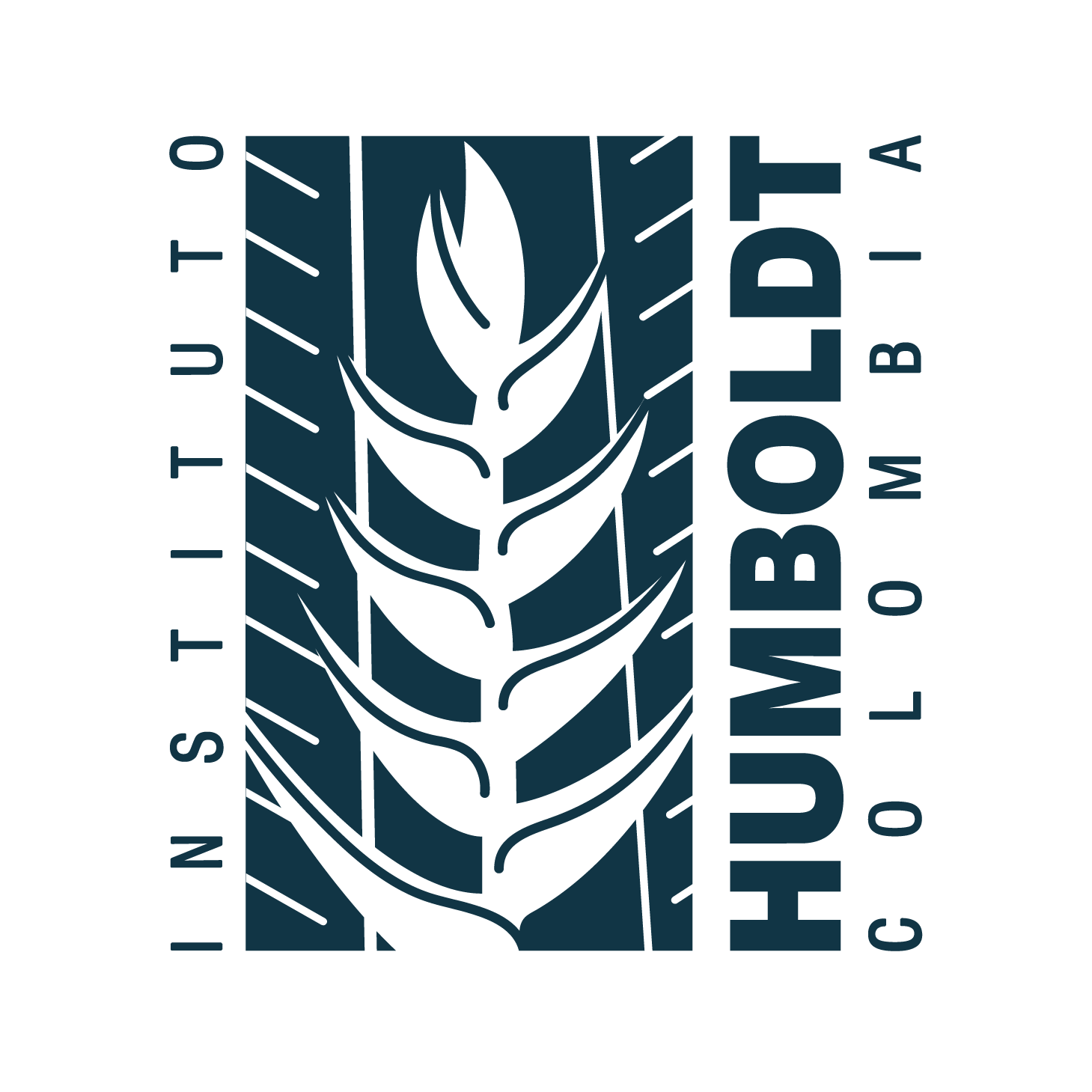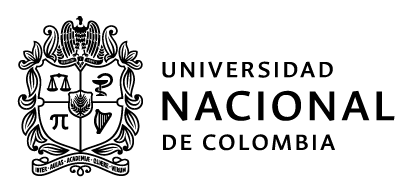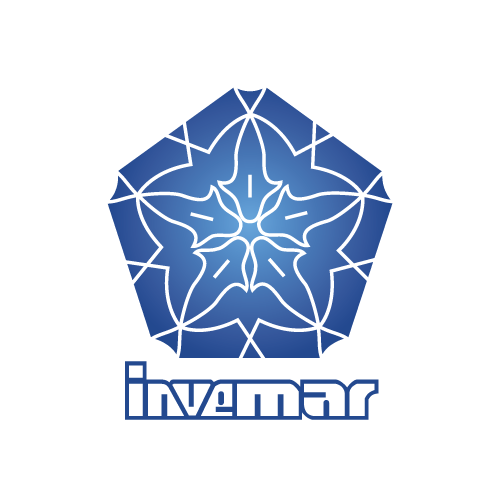1. Document Submission
2. Scope
3. Document types
4. Document preparation
5. Editorial process
1. Document Submission
The document must be submitted through the journal's website:
https://revistas.humboldt.org.co/index.php/biota/about/submissions
To submit, the corresponding author must register as a user and make a single submission per manuscript. Co-authors must be added in the "submission metadata" section. It is recommended to spell author names consistently with their other publications. It is mandatory to include each author's institutional affiliation and email address. Including additional identifiers such as ORCID is encouraged.
Additionally, a duly signed cover letter must be uploaded as a supplementary file in the OJS platform (download the cover template here).
Submission implies the authors’ explicit agreement with Biota Colombiana’s editorial policies, procedures, and guidelines. Authors bear full responsibility for the content provided and release the Alexander von Humboldt Biological Resources Research Institute, Biota Colombiana, and its editors and collaborators from any liability.
2. Journal Scope
Biota Colombiana is a scientific journal published by the Alexander von Humboldt Biological Resources Research Institute. It publishes original research on Colombian and Neotropical biodiversity. The journal aims to promote knowledge dissemination in areas such as botany, zoology, ecology, biogeography, taxonomy, systematics, limnology, conservation, resource management, biodiversity use, and related disciplines in Latin America.
The journal is fully electronic and publishes scientific notes, reviews, research articles, and data papers in English or Spanish that are unpublished. All submissions undergo peer review (double-blind) and are subject to strict editorial and academic curation to ensure the quality of the content. Biota Colombiana operates under a continuous publication model.
In line with open science principles and the democratization of knowledge, Biota Colombiana publishes all its content in open access and does not charge authors any APCs (article processing charges) for submission or publication. All content is the sole responsibility of the authors (sources, data, analysis, writing, etc.) and not of the Humboldt Institute, the journal, or its editors.
3. Document types
Biota Colombiana publishes the following types of materials, all of which are peer-reviewed:
1) Research article. Clearly, precisely, and structurally presents research results. Its goal is to communicate relevant, methodologically sound findings valuable to the scientific community.
2) Data paper.Describes in detail a dataset collected using rigorous methods, intended for reuse by the scientific community. This article type does not seek to interpret data in depth but rather to document its origin, context, methodology, validation, and potential uses. In biodiversity research, this may include biological inventories, monitoring records, geospatial databases, or ecological time series. The aim is to facilitate data reuse and promote transparency and reproducibility.
Download the data paper template here.
3) Scientific Note. Reports observations, preliminary results, or specific findings of interest. Unlike research articles, scientific notes do not require extensive development or deep discussion but must be clear, rigorous, and relevant. In biodiversity, they may include new species records, innovative methods, unusual data, or contributions that complement ongoing studies. Their concise format allows rapid dissemination of valuable information.
4) Review. A critical, analytical text evaluating a recent work (e.g., book, technical report, or documentary) of scientific relevance. The purpose is to inform the academic community about the content, contributions, limitations, and relevance of the work in its field of study.
4. Document preparation
Basic format
Biota Colombiana does not require a specific template for initial submissions.*
- Documents must be in Word format (Times New Roman 12 pt., 1.5 line spacing, standard margins).
- They must be written in English or Spanish.
- They must include both English and Spanish versions of the title, abstract, and keywords.
- The manuscript must not exceed 10,000 words, including tables, figures, and appendices.
Notes:
In the event that the article is approved for publication, the authors must use a template provided by the journal.
* For data articles, the use of the designated template is required (template).
The writing must be correct and the style clear, concise, and appropriate for scientific communication. Manuscripts with severe issues in writing, punctuation, grammar, or spelling may be rejected without review. Authors writing in a non-native language should seek expert advice before submission.
Cover letter
Submission must include a cover letter. Download the journal's template here.
Document sections
Articles must include the following sections: Title, Abstract, Keywords, Introduction, Materials and Methods, Results, Discussion, Conclusions, Acknowledgments, Author Contributions, and References. Supplementary material may be added when relevant.
Title: Concise and descriptive of the manuscript content, in both Spanish and English.
Abstract (max. 200 words): Clearly and concisely summarize the manuscript content, including objectives, methods, results, and major conclusions. Novel or exceptional elements should be highlighted. Must be in Spanish and English.
Keywords: Minimum of five, complementary to the title, in both languages. Also include them in the online platform’s metadata.
Introduction: Present the topic and provide the necessary context. Clearly state the purpose or main objective. Avoid results or conclusions here.
Materials and Methods: Describe in detail the procedures used to obtain or process data, including materials, locations, dates, and statistical methods. Information must be sufficient to allow replication. If using open-source software (e.g., R), include routines as an appendix or link to a GitHub repository. Declare compliance with ethical and legal research requirements.
Results: Organize and present findings clearly, using appropriate figures and tables. Prefer tables for specific data and figures for comparisons, proportions, or trends.
Discussion: Highlight the most relevant, novel, or controversial points. Interpret findings within the study’s context. Avoid unsupported claims.
Conclusions (for research articles and reviews): Final reflections related to the study’s goals, identifying knowledge gaps, actions, or future research. Do not repeat the manuscript content.
Acknowledgments: Mention funding sources, research team members, communities, etc. Avoid titles (e.g., Dr., Lic.). Include permits for fieldwork or data use.
Author Contributions: Clearly describe each author’s role (e.g., study design, data collection, analysis, writing, supervision). See: https://credit.niso.org/
References: Must be relevant, intentional, and sufficient to support the work. Avoid citing widely known facts. Follow APA 7th edition. List only cited references, alphabetically and chronologically. For multiple references from the same year, use a, b, c, etc. Include all authors and DOIs if available.
General Style Guidelines
- Avoid bold or underlined text.
- Italicize scientific names (genera, species, subspecies) and Latin terms (e.g., sensu, circa), but not et al. in references.
- Avoid footnotes.
- Follow the International System of Units (SI). Leave a space between numbers and units (e.g., 16 km, 23 °C). Use m·s⁻¹ for relative measures.
- Write numbers from one to ten in words, except when followed by a unit or used as markers (e.g., 9 cm, sample 7). Use Arabic numerals for numbers above ten or when mixing with larger numbers.
-
Use WGS84 for geographic coordinates (e.g., 02º37´53´´N–56º28´53´´W).
- Indicate elevation using m a.s.l. (1180 m a.s.l.).
- Define abbreviations at first use; do not use them in figures or tables.
- Section titles must be bolded. Subheadings should also be bold and use a smaller font size.
- Follow APA 7th edition for in-text citations.
Figures & tables
-
Insert figures and tables in-text at their intended location.
-
If your study includes locations, include a map for visualization.
-
Location maps must include: 1) national or regional placement, 2) north arrow, 3) scale, 4) geographic coordinate grid (required), and optionally planar grid if relevant.
- Refer to figures and tables fully (e.g., Figure 3, Table 1).
- Legends are placed above the figure or table and must be sufficiently descriptive for interpretation without the main text.
-
Figures must be clear and high quality. Avoid unnecessary complexity (e.g., 3D bar charts). Use solid colors when possible.
-
Submit figures as high-resolution files (.tiff, .jpg, or .png, 300 dpi minimum) as supplementary files. In-text versions should be low resolution.
-
Tables and appendices must have simple structure and consistent formatting. Avoid overloaded tables or excessive dividing lines. Submit tables as Excel files during the supplementary file upload step.
5. Editorial Process
First Filter
During this stage, elements such as the scope, relevance, scientific quality, contributions, and originality of the manuscript are evaluated, as well as formal aspects of its presentation: quality of writing, proper use of scientific nomenclature, argumentation, and rigor. All manuscripts are screened using plagiarism detection software.
Note: Manuscripts that do not follow the journal’s author guidelines or that are poorly written may be rejected or returned to the authors at this stage of the process.
Second Filter (Peer Review)
Articles that pass the first review filter are sent for peer review by at least two academic referees, under a double-blind evaluation process. In case of disagreement, the journal’s Editorial Board will assign an additional reviewer, weigh the evaluations received, or delegate the decision to guest editors.
Note: Conditional approval by peer reviewers does not guarantee that the article will be published.
Third Filter
The journal’s Editorial Board reviews the evaluation reports and makes a decision based on the reviewers’ observations as well as editorial and academic criteria.
Note: The journal’s Editorial Board reserves the right to approve or reject submitted material based on academic arguments and editorial policies.
Processing Times
The approval or rejection time depends on the different review filters and the availability of external collaborators. In general, the publication process may take between 9 and 12 months.
Last updated: August 2025.
















